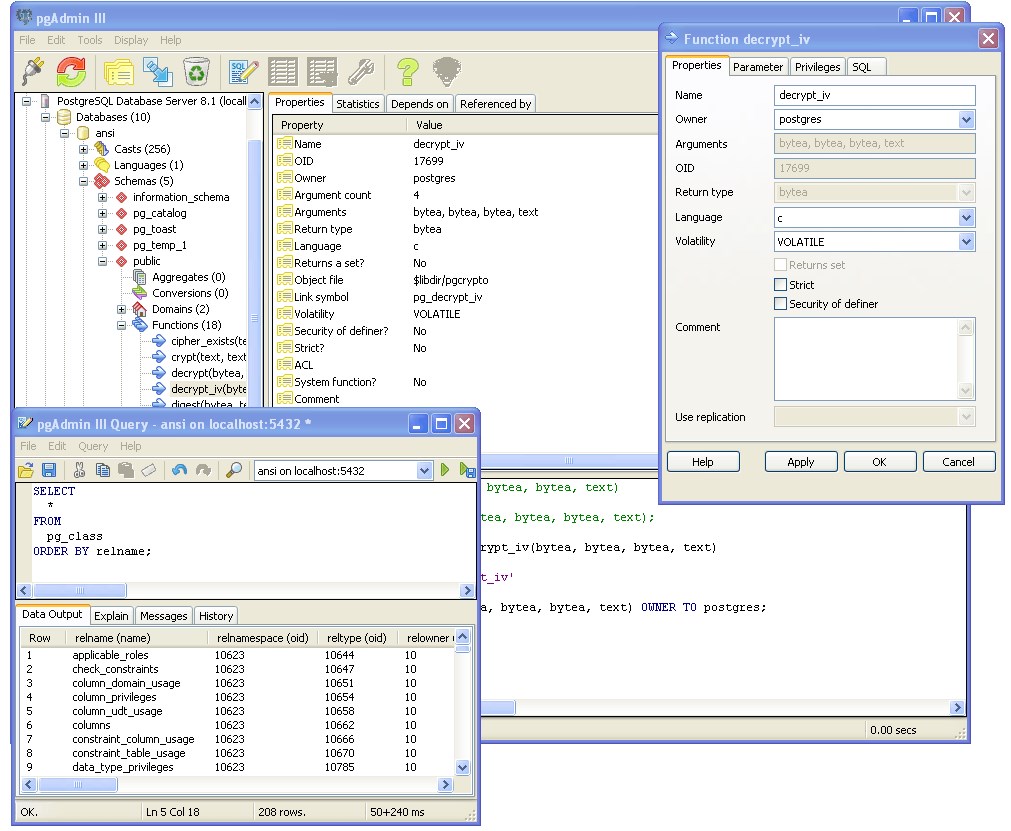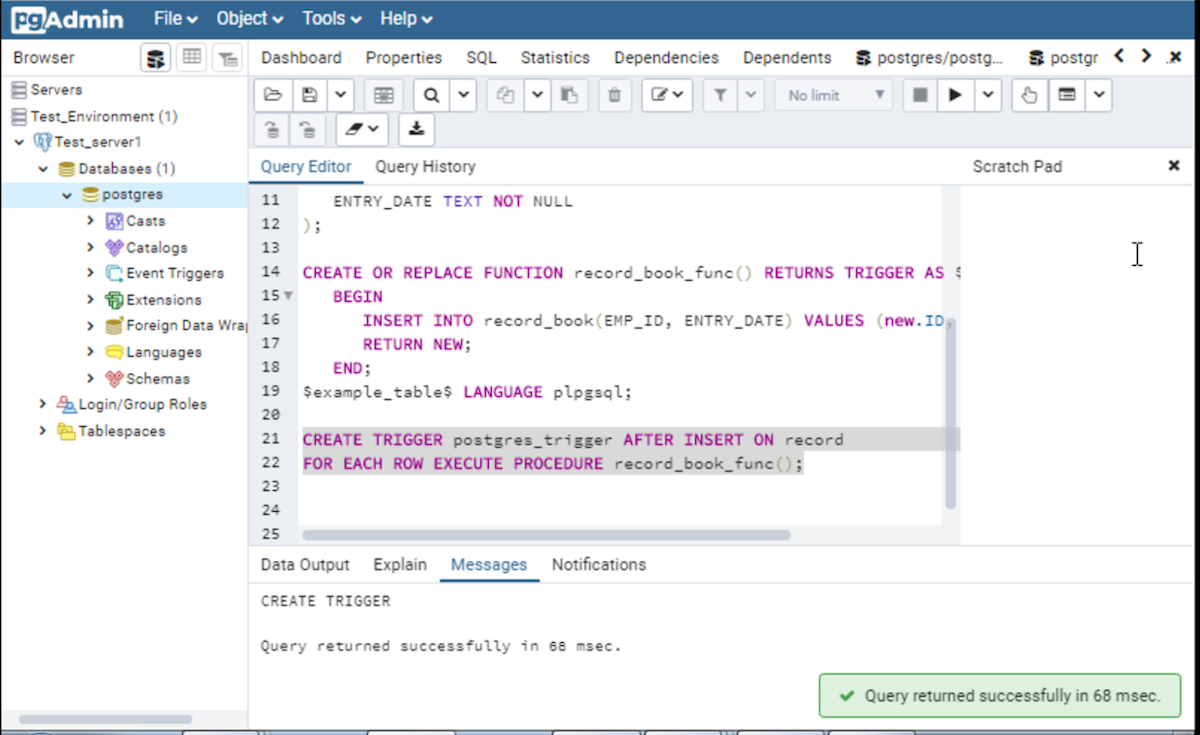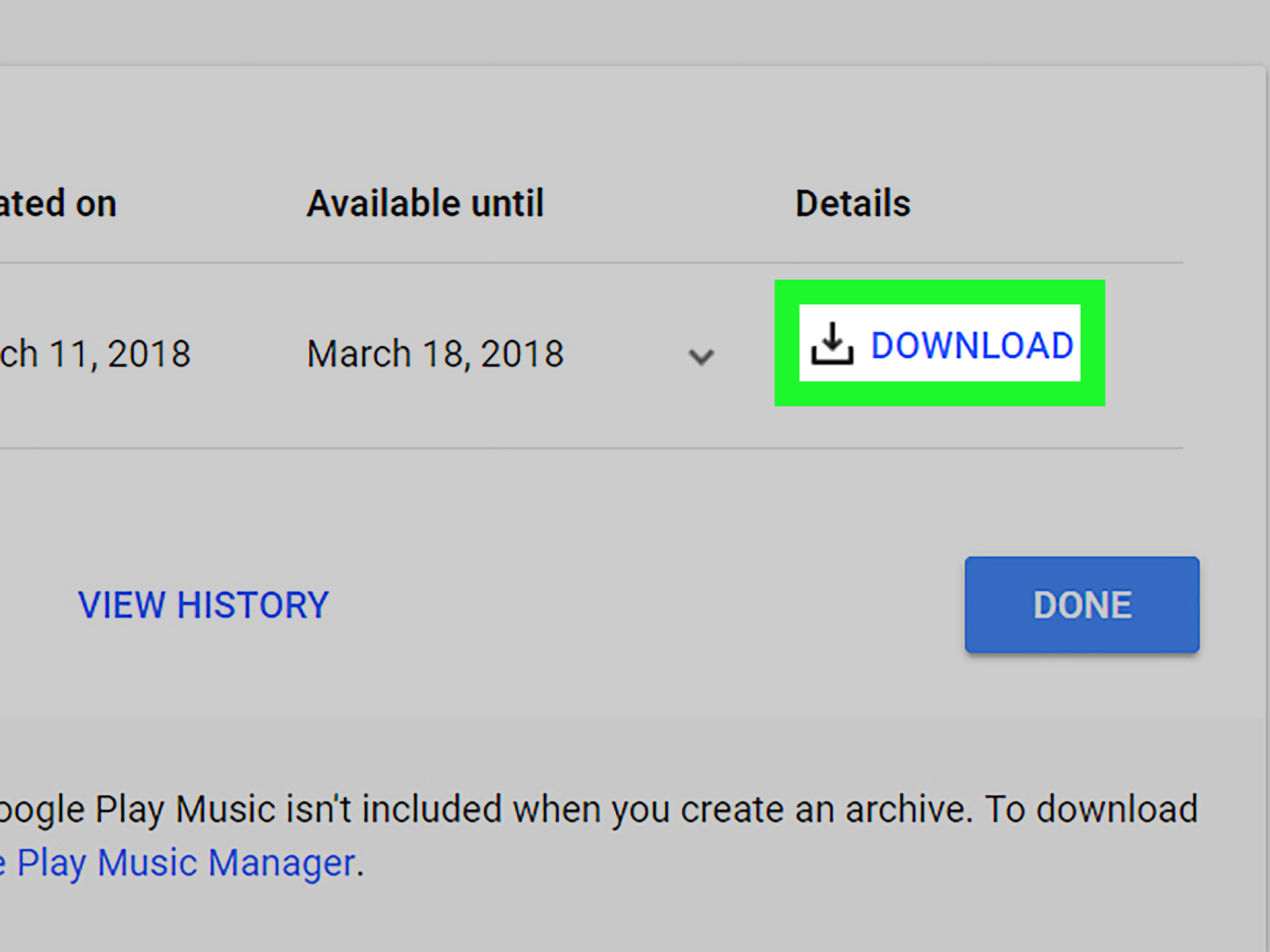
- #FIND REPLACE PGADMIN 4 HOW TO#
- #FIND REPLACE PGADMIN 4 SERIAL#
- #FIND REPLACE PGADMIN 4 UPDATE#
- #FIND REPLACE PGADMIN 4 UPGRADE#
#FIND REPLACE PGADMIN 4 HOW TO#
For more information about how to set up Heroku Postgres to run in your local environment, see Local Setup for Heroku Postgres.

Heroku recommends running Postgres locally to ensure parity between environments. Provisioning Heroku Postgresįor more information about how to provision a Heroku Postgres database, see Provisioning Heroku Postgres.

#FIND REPLACE PGADMIN 4 UPGRADE#
If your app’s requirements eventually outgrow the resources provided by the initial plan you select, you can easily upgrade your database. Pricing information for Heroku Postgres plans is available on the Heroku Postgres add-on page. For more information on what each plan provides, see Choosing the Right Heroku Postgres Plan. Heroku Postgres offers a variety of plans, spread across different tiers of service: Essential, Standard, Premium, Private, and Shield. In addition to a variety of Heroku CLI commands to manage your database, Heroku Postgres provides a web dashboard, dataclips to share queries, and several other helpful features. You can access a Heroku Postgres database from any language with a PostgreSQL driver, including all languages officially supported by Heroku. Heroku Postgres is a managed SQL database service provided directly by Heroku. Sharing Heroku Postgres Between Applications.max_value IS NOT NULL END LOOP RETURN QUERY SELECT s.
#FIND REPLACE PGADMIN 4 UPDATE#
column_name UPDATE serials s SET downcast_possible = ( s. sql_code INTO min_return, max_return UPDATE serials s SET min_value = min_return, max_value = max_return, downcast_possible = TRUE WHERE s. table_name AS sql_code FROM serials s LOOP EXECUTE serial_row. table_schema = COALESCE ( CAST ( schema_name AS information_schema. columns c INNER JOIN pg_stat_user_tables t ON c. sql_identifier NOT NULL, -regclass NOT NULL, column_name VARCHAR ( 1000 ) NOT NULL, column_default VARCHAR ( 1000 ) NOT NULL, is_nullable boolean NOT NULL, data_type VARCHAR ( 50 ) NOT NULL, numeric_precision INT NOT NULL, numeric_scale INT NOT NULL, n_live_tup NUMERIC ( 100 ) NOT NULL, min_value NUMERIC ( 100 ), max_value NUMERIC ( 100 ), downcast_possible boolean ) ON COMMIT DROP INSERT INTO serials ( table_schema, table_name, column_name, column_default, is_nullable, data_type, numeric_precision, numeric_scale, n_live_tup ) SELECT c. sql_identifier NOT NULL, -regnamespace NOT NULL, table_name information_schema. sql_identifier, -regclass, column_name VARCHAR ( 1000 ), column_default VARCHAR ( 1000 ), is_nullable boolean, data_type VARCHAR ( 50 ), numeric_precision INT, numeric_scale INT, n_live_tup NUMERIC ( 100 ), min_value NUMERIC ( 100 ), max_value NUMERIC ( 100 ), downcast_possible boolean ) LANGUAGE plpgsql AS $$ DECLARE min_return NUMERIC ( 100 ) max_return NUMERIC ( 100 ) serial_row RECORD BEGIN CREATE TEMPORARY TABLE serials ( table_schema information_schema. sql_identifier, -regnamespace, table_name information_schema. To find the columns that cannot be straightforward converted to IDENTITY:ĬREATE OR REPLACE FUNCTION numeric_serials_bigger_than_bigint ( schema_name regnamespace ) /* Checks for all NUMERIC greater than 18 digits if it's possible to convert them to bigint (said in column 'downcast_possible') The function can check it in one schema or in all the database: - SELECT * FROM numeric_serials_bigger_than_bigint('my_schema') - SELECT * FROM numeric_serials_bigger_than_bigint(null) */ RETURNS TABLE ( table_schema information_schema.
#FIND REPLACE PGADMIN 4 SERIAL#
This means that NUMERIC(19) cannot be converter to IDENTITY and SERIAL must be used. But I got a surprise that PostgreSQL is more limited than SQL Server with data types that allow IDENTITY property when trying to use it with a NUMERIC data type:ĮRROR: identity column type must be smallint, integer, or bigint I really like the flexibility and the syntax of PostgreSQL's IDENTITY. The new way creates the sequence as a proper internal dependency of the table, so that various weird implementation details of the serial pseudotype are not exposed.

IDENTITY as Peter Eisentraut explains says: * When cloning the table DDL, the same SEQUENCE would be used. * When altering the next value, it has to be done in the SEQUENCE, not in the table. * When dropping the SEQUENCE, first must be DROP the DEFAULT to the column and then DROP the SEQUENCE.

* Permissions must be given for the sequence, not only to the table. It's important to keep it in mind when using it because it has implications: SERIAL is a friendly way to set a SEQUENCE, but at the end, it's a SEQUENCE: an object that doesn't belong to the table but sets a dependency with it. Why INDENTITY and not SERIAL and SEQUENCES? In PostgreSQL, until version 10, only SERIALs could be used for the same purpose. In SQL Server is quite common to use IDENTITYs for non-natural primary keys.


 0 kommentar(er)
0 kommentar(er)
